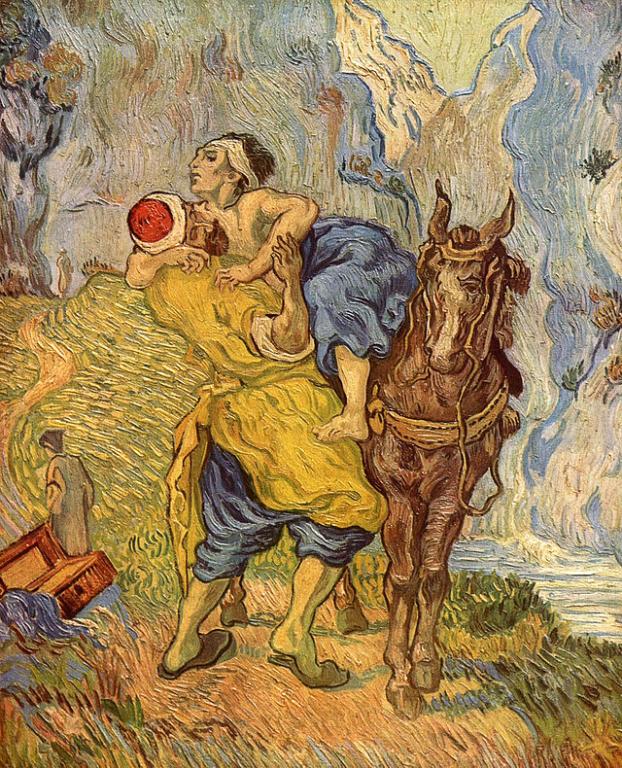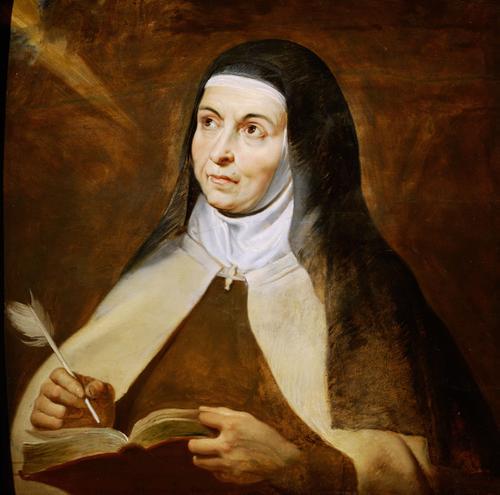
I already suggested here yesterday that Latter-day Saints should consider contributing to the humanitarian arm of the Church of Jesus Christ of Latter-day Saints. They should do so in order to replenish (for the inevitable next disaster or crisis) the resources that, I trust, are already making their way to the Turkish victims, and perhaps also to the Syrian victims, of the recent Near Eastern earthquakes :
Just this morning — I’m a graduate of the Near Eastern Studies program at the University of California at Los Angeles, so I’m on their mailing list — I received the following from the UCLA International Institute. I can’t imagine that they would object to my passing it on here, since it includes information that some may find helpful. As I prepare this blog post to go public, the confirmed death toll now stands at more than 21,000, and I sadly predict that it will eventually rise considerably higher:
Dear UCLA Friends,
The 7.8-magnitude earthquake that hit Turkey’s Gaziantep Province in the early hours of February 6, followed by multiple aftershocks in the area (including two that registered 6.7 and 6.6 magnitude, respectively) and then a second, 7.5-magnitude earthquake 10 hours later, has left devastation in its wake in southeastern Turkey and northwestern Syria.
As of late evening February 7 in the region, it was reported that more than 11,224 people were dead, over 48,000 missing, nearly 38,777 injured, some 380,000 in need of shelter and over 5,600 buildings had been destroyed in Turkey alone. Total deaths are expected to be in the multiple tens of thousands.
Our hearts are with the people of Turkey and Syria and all those who are suffering from the earthquake. Please consider helping them during this crisis by donating to one of the many organizations working to provide relief, a selection of which follows.
Yours sincerely,
Cindy Fan, Vice Provost for International Studies & Global Engagement
Steven Spiegel, Director, Center for Middle East Development
Ali Behdad, Director, Center for Near Eastern Studies
Kaya Menteşoğlu, Manager, Information Systems & Technology
Turkey
AHBAP (humanitarian group)
AFAD (Disaster & Emergency Management Agency, Ministry of Interior of Turkey)
Syria
International Rescue Committee
Médecins sans Frontières/Doctors without Borders
Syrian American Medical Society

Compassion is a major theme of the major world religious traditions:
“And We have sent the Book down to you in truth, confirming what you already have of the Book and as a criterion for it. So judge between them by what God has sent down and do not follow their inclinations away from what has come to you of the truth. To each of you We prescribed a law and a method. Had God willed, He would have made you one faith-community, but [He intended] to test you in what He has given you; so race to the good. Your return, altogether, is to God, and He will [then] inform you regarding that over which you used to differ.” (Qur’an 5:48, my translation)
Several years ago, a cartoon in the Economist showed two people speaking amid the smoking ruins of their respective cities, surrounded by dead and wounded. They explained that they were fighting over whose version of God is the most kind and compassionate.

“A prostitute was forgiven by Allah, because, passing by a panting dog near a well and seeing that the dog was about to die of thirst, she took off her shoe, and, tying it with her head-cover, drew out some water for it. So Allah forgave her because of that.” (Cited in the Sahih al-Bukhari, 4:538)
It has to be recalled in this context that, in the Middle East, dogs are often wild and often scavengers. In fact, sometimes they travel in packs and can be somewhat frightening. They’re not always highly thought of. In reading this tradition from the Prophet, don’t be thinking of an adorable little puppy.
Of course, it’s not only Islam that teaches compassion. Christianity does, as well:
Several years ago, with another couple, my wife and I visited the small but beautiful Spanish town of Ávila, where they were celebrating the five hundredth anniversary of the birth of their famous and beloved saint, Teresa (generally known as either St. Teresa of Jesus or St. Teresa of Ávila), who lived from 1515 to 1582.
One of the great mystics of the Catholic tradition, she was the author of such works as El Castillo Interior (“The Interior Castle”), El Camino de Perfección (“The Way of Perfection”), and an autobiography, which are considered not only masterpieces of Catholic devotional writing but classics of Spanish Renaissance literature altogether. She was canonized by Pope Gregory XV in 1622, forty years after her death. In 1970, Pope Paul VI named her a “Doctor of the Church” — i.e., an officially recognized teacher of doctrine and practice.

The following beautiful lines are attributed to her:
Christ has no body but yours,
No hands, no feet on earth but yours.
Yours are the eyes with which he looks
Compassion on this world.
Yours are the feet with which he walks to do good.
Yours are the hands with which he blesses all the world.
Yours are the hands, yours are the feet,
Yours are the eyes, you are his body.
Christ has no body now but yours,
No hands, no feet on earth but yours,
Yours are the eyes with which he looks
compassion on this world.
Christ has no body now on earth but yours.
And let’s not forget Buddhism. Many years ago, probably while still a teenager, I read through an anthology by E. A. Burtt called The Teachings of the Compassionate Buddha. I’m not sure that I really understood much of the book, but, unexpectedly, its title has lingered as a beautiful thing in my memory ever since.

(Wikimedia Commons public domain photograph)
One final note: The Latter-day Saint link to “Humanitarian Programs” that is given above obviously comes from the Christopher Hitchens Memorial “How Religion Poisons Everything” File©. I repeat it here below, followed by a quartet of additional similarly appalling and horrific links from the Hitchens File©:
“Church Joins Forces with Catholic Relief Services and Caritas to Help Refugees in Eastern DR Congo”











